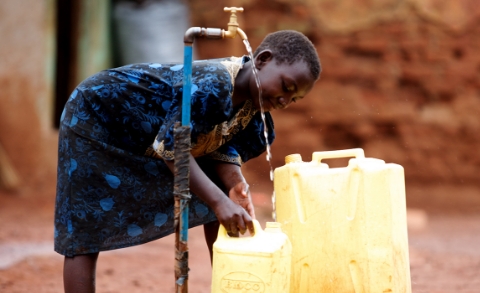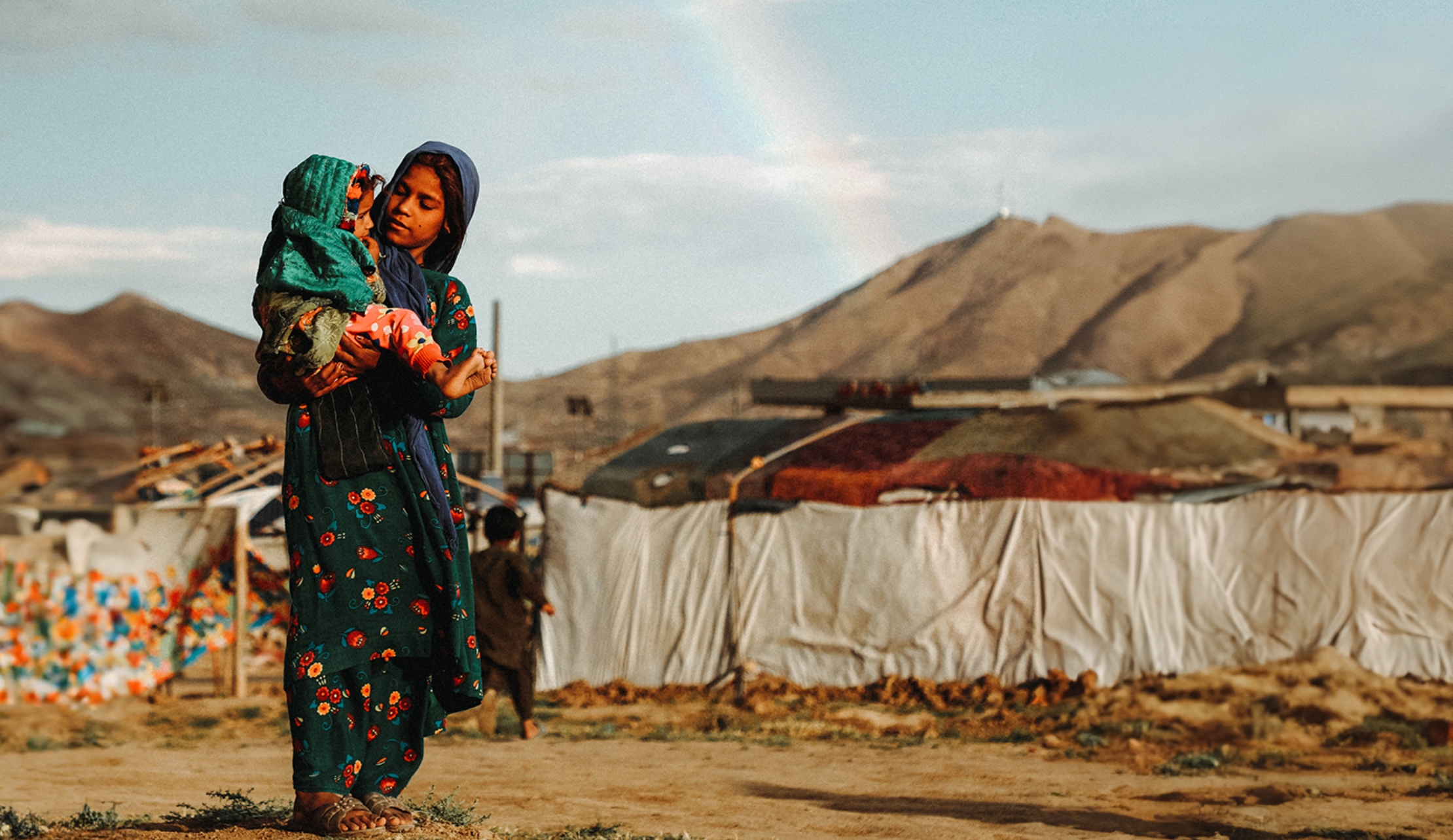
A safer world for all is a world where people and planet thrive because there is equal opportunity and the resilience of people and planet is prioritised.
Right now, we are not safe but that doesn’t mean that we can’t be in the future. We firmly believe we can be safe, and we have a three-point plan for getting there.
Our proposed changes were developed after carefully considering the nature of the challenges that we are facing. We asked ourselves what are the obstacles to achieving a safe world or, to put it simply, what are the reasons or the drivers for the world being not safe?
For us, it came down to three issues that we see as contributing significantly to the current state of global instability.
These are:
- Increasing levels of inequality;
- Exhausting the resources of our planet; and
- Failing to respond to the interlinked challenges in a globally coordinated way.
Each of these causes have specific ramifications as to the safety and stability of our world and, we believe, that if we addressed these causes, there would be a significant improvement to safety and stability – for everyone and everything.
Inequality
The impact of inequality between countries and within countries plays out in several ways, including opportunities and access to health and education. Climate provides is a particular jarring example of a crisis of unequal making and unequal suffering. The greatest costs of the emergency are shouldered by low income and highly climate vulnerable countries, countries not responsible or who have very limited responsibility for the emissions in the first place.
But, by improving equality – which means ensuring fairness of rights and opportunities – we will build a world for everyone where everywhere enjoys peaceful, prosperous and fulfilling lives. The consequences of such a clear call to improve equality will necessarily result in a sharper focus on eradicating extreme poverty and ensuring no-one is left behind (women and children, people with disabilities, indigenous people a, LGBQTI+, people living in modern slavery).
Exhausting the Resources of our Planet
We have exceeded six of the nine planetary boundaries, unbalancing our planet’s ecological systems and severely pressuring global systems such as food, trade, and security. We are at increased risk of humanitarian disasters, resulting in mass migration, rising poverty and increased global instability and these are all intimately tied to how we are using our earth’s resources at an unsustainable rate, or where we are consuming more resources than what can be renewed. Today, we consume 1.7 planets worth of Earth’s resources each year, up from 0.9 in 1960. And we have more than tripled resource extraction since 1970.
Overshoot: when people consume more resources than what can be renewed.
“Today, mankind is locked into stealing ravenously from the future…we have made satisfaction of today’s human aspirations dependent upon massive deprivation for posterity.” 1
We can’t continue with business as usual: there are simply not enough resources left to continue as is. Instead, we must move to a world where people thrive within the ecologically safe limits of the planet and this means shifting to a world where we share and safeguard resources equitably across geographies.
“Humanity and our economies are embedded in the biosphere. The biosphere’s future evolution will be strongly influenced by our choices. Conversely, future opportunities for human prosperity depend on the future of the biosphere.” 2
This is also about delivering on equity now and for the future: to ensure people and planet persist, adapt, and transform in the face of change and can withstand and recover from difficulties and challenges, we have to respect our planet’s ecological boundaries and work to restore them.
Lack of global cooperation increased fragmentation in responding to issues
Today, countries are increasingly turning inwards and the ability of citizens to meet and debate in open civic spaces is also become limited. Global commitments and agreements are not being upheld and/or progress towards meeting them have slowed, or, in some cases, reversed. The consequences of this is a world becoming increasingly divided into haves and have-nots.
The complex problems of today can only be solved through global cooperation and collaboration. We need the multilateral system, with its and agreements and resolution mechanisms to function as intended. And we need the recognition that we all need to play our part in fostering a global community and ensuring everyone’s security. The greater good for all is a good worth working towards, together.
We’re not leaving the root causes untreated
Like tooth decay, if left untreated the problem will become worse. Ignoring it in the hope that it will go away is not an option unless you are prepared to lose the tooth that is. Here, we don’t have other teeth to use should this one be left to rot. There is no Planet B. Our only option is to address the root causes of the instability. Our three-point plan has been designed to do exactly that – to stop further decay by taking a comprehensive and coordinated approach. It’s ambitious, bold and transformative. It’s also our best hope for delivering a safer world for all.
READ MORE
- Human Development Report 2021-22: Uncertain Times, Unsettled Lives: Shaping Our Future In A Transforming World
- World Economic Forum: The Global Risks Report 2023
- The Sustainable Development Goals Report 2023
- This year’s Earth Overshoot Day lands on August 2: The trend is flattening but still far from reversing
- Planetary Boundaries
- What Is the Bridgetown Initiative? What to Know About the Game-Changing Plan for Climate Finance
- The Economics of Biodiversity: The Dasgupta Review
- 1. William R. Catton, Jr, Overshoot: The Ecological Basis of Revolutionary Change, 1982
- 2. The Economics of Biodiversity: The Dasgupta Review was an independent, global review on the economics of biodiversity, led by Professor Sir Partha Dasgupta. The review was commissioned by HM Treasury (the UK government) in 2019 and the final report was released in February 2021


